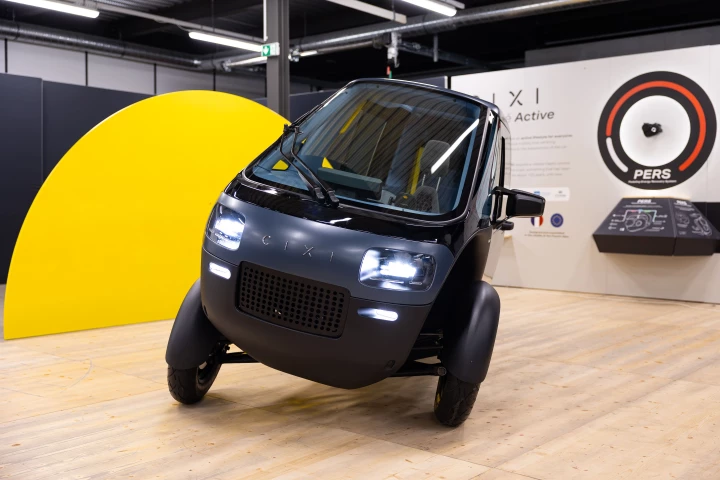As manufacturers, particularly in the automobile industry, continue to work toward incorporating lighter metals like aluminum with heavier steel, the ongoing problem has been how to successfully weld them together. The problem is that the high heat created in the welding process actually weakens these lighter metals, creating a less than optimum weld. After 10 years of research, engineers at The Ohio State University have developed a new welding technique that may prove to solve this problem while also using 80 percent less energy and creating bonds that are 50 percent stronger.
"With our method, materials are shaped and bonded together at the same time, and they actually get stronger," says Glenn Daehn, professor of materials science and engineering at Ohio State, who helped develop the new technique.
The traditional technique, called spot resistant welding, works by passing an electrical current through pieces of metal using the natural electrical resistance within those metals. This generates heat that melts them together to form a weld. This process consumes a lot of energy, and the melted metals are left in a weaker state than they were before.
What Daehn and his team have done is create a new welding method called vaporized foil actuator (VFA) using short high voltage electrical pulses (lasting millionths of a second) passed through an aluminum foil, and a burst of hot gas traveling at speeds approaching thousands of miles per hour, to bond the atoms of one metal to atoms on the other. Since the two different bonded metals don’t melt, neither metal is weakened and the resulting seam is stronger.
The energy savings comes from the fact that the electrical pulse is so short and the required energy to vaporize the foil is less than is necessary to melt the parts together in a traditional process.
Daehn and his team have already used the process to successfully bonded different combinations of copper, aluminum, magnesium, iron, nickel and titanium. They have created strong bonds between commercial steel and aluminum alloys – a feat which is impossible normally. VFA is evidently also able to shape metal parts during the welding process, which could save manufacturers an additional step.
In 2012, Honda announced it had created a similar result, welding aluminum to steel using a variation of a process called friction stir welding (FSW). Rather than the high heat and gas applied to a third element like the aluminum foil used in the VFA process, FSW uses heat, friction and pressure with a third element to meld two metals together.
Like VFA, it uses less energy and creates a bond that has been proven to be stronger than that created by a traditional welding process. Variations of FSW have since been used by Lincoln, Mazda and Audi.
Below is a brief video explaining how the VFA process works.
Source: The Ohio State University






